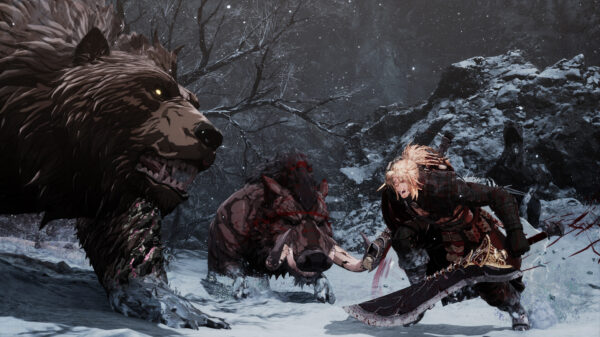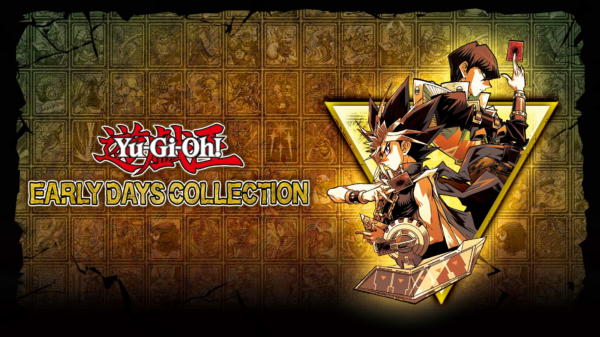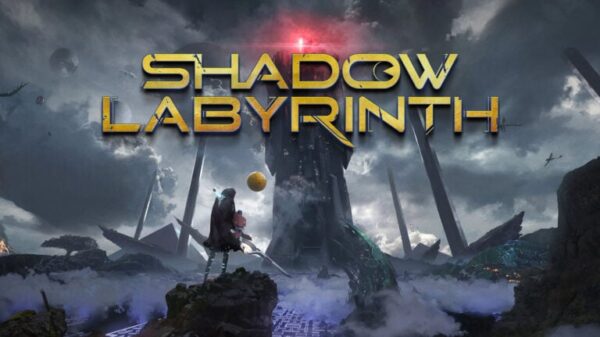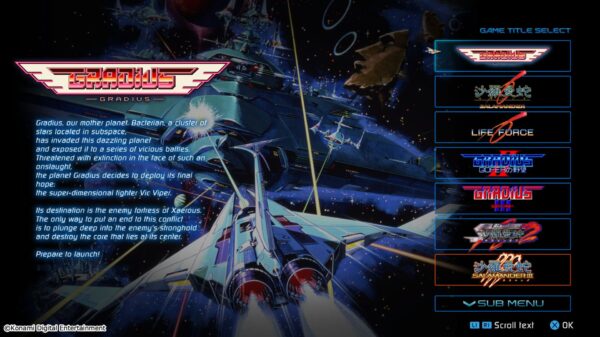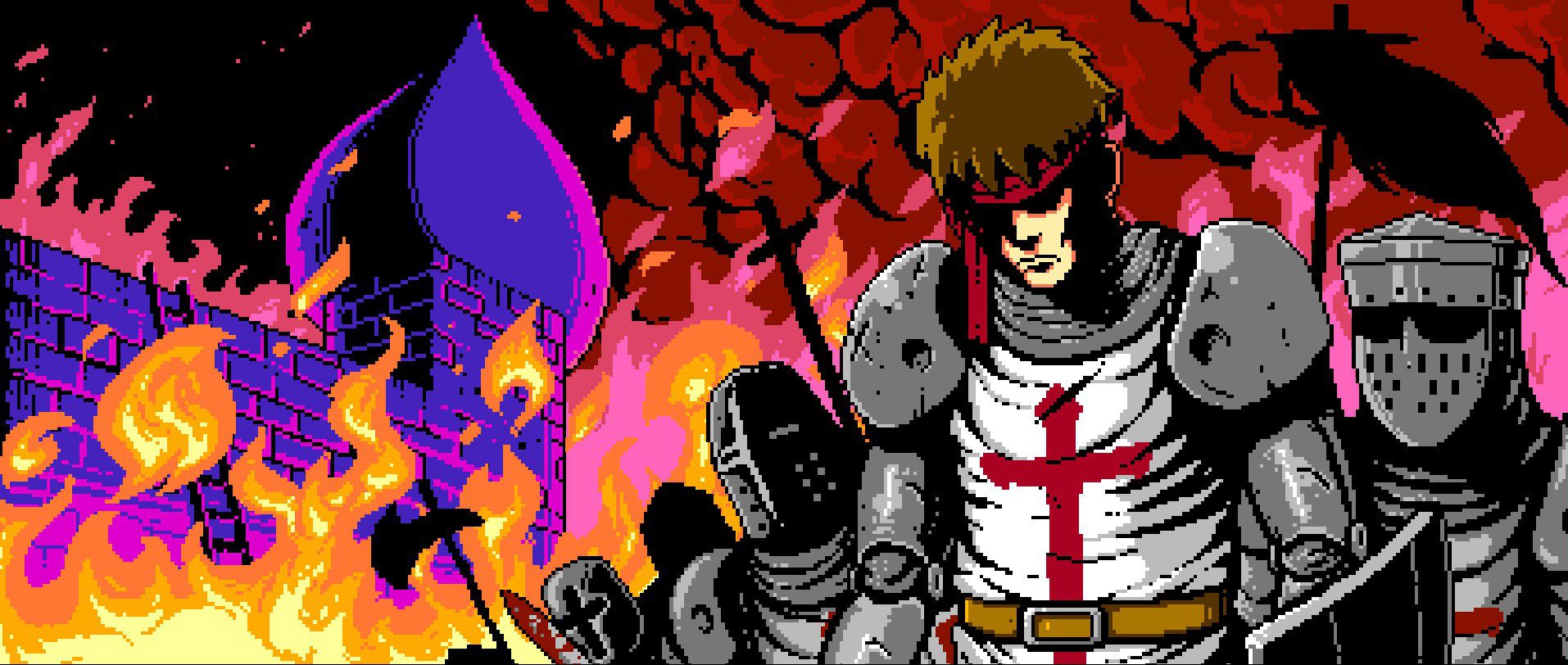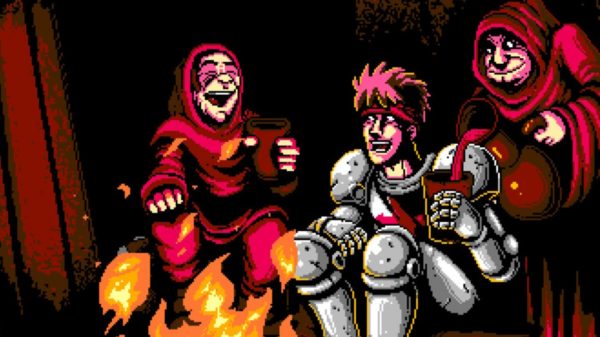Throwbacks to the glow of TV’s displaying 16-bit visuals and clicks of buttons have been a cornerstone of the indie games scene for some time now. There’s something exciting about reliving a bygone era with a lick of the modern. Whether it’s the buzz of nostalgia or an appreciation for the craft, Infernax is an exciting needle into the aging vein.
Heavily inspired by Konami’s Castlevania, Infernax isn’t simply a love letter to a classic series, but to the fans of the genre. Although the provided build is short, the clear indications of returning to conquered zones to unlock a new area via a freshly obtained item/ability are on display very early on. It’s a sense of confidence that glows throughout the preview build, never faltering in its march.
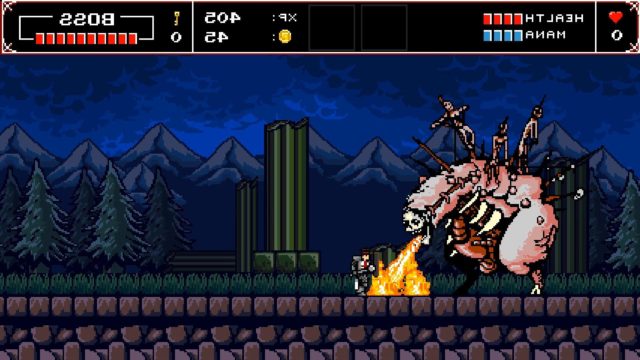
I can’t hold back in expressing my initial joy while my eyes are battered with glorious pixel-art. Dark colors consumed by dark shades bolted together and embellished with a fair amount of ‘nasty’. The world feels dark, corrupted, and ready to be cleaned by prayer and steel.
Playing as a Crusader Knight returning to his homeland, only to find it plagued in dark magic and death, Infernax revels in the macabre. Bodies are ripped asunder, heads removed from their flesh-bound homes. It’s a celebration of violence, with each player’s death rewarded by some of the best death animations ever to grace the 16-bit era aesthetic. That’s not to say Infernax exists purely for visual performance.
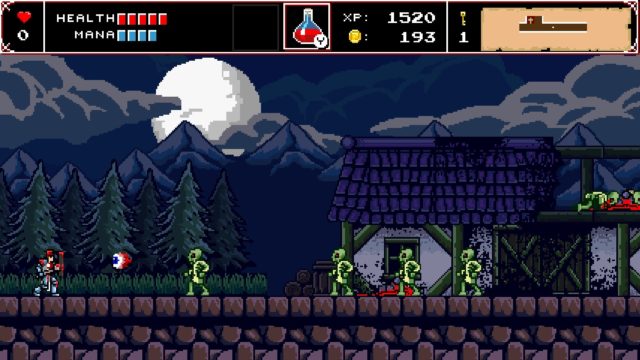
Beyond the pixel-gore and beautiful twisted monster designs, lays a wonderfully promising experience. A near-constant reminder of the narrative at hand, the grim soul of the game pours through every screen. NPCs breathe life into the world, giving quests, selling goods, or falling victim to the vile claws or cold steel of enemies. A small detail that is easy to overlook, it presents a sense of coming doom to the living as more deaths are witnessed. Building on this feeling of doom, Infernax gives a glimpse at its moral decisions baked into the game. You’re forced to decide between praying for a corrupted or smashing his face in with a mace to halt his fall into darkness. It’s a nasty visual that rarely hints towards a system that could prove to be something special.
At its core, Infernax plays smoothly. The tight controls allow for reactive movements to platforming, dodging, and attacking foes. Combat is simple, with a single button press dictating melee and another for casting spells. It’s no-frills or gimmicks, a direction that seems to benefit the experience offered so far. Enemy types require a certain approach, some filling in the archetypes of Infernax’s influences. Shambling zombies, worms, skeletons, bulging bags of flesh. It’s a good mix that ties into the dark tone of Infernax. Moving in and out of attack patterns tends to be the rule rather than the exception.
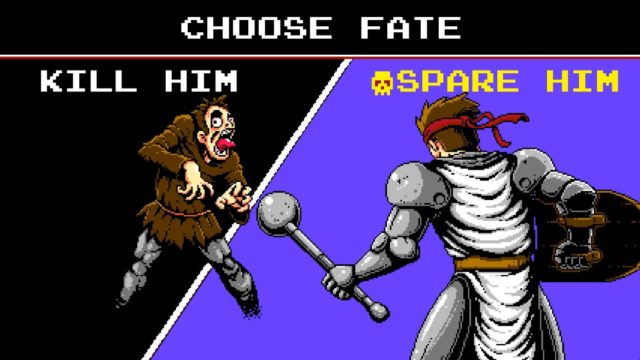
Larger foes telegraph their strikes before setting into a pattern, forcing the player to learn before striking. In an unexpected turn, Infernax features a shield that halts most generic enemy melee and ranged attacks from causing damage. It may not sound like much, but it bleeds into the gameplay becoming a valuable tool in crowded zones.
The hardest part of Infernax is containing excitement. If I can let the mask slip for a second, Infernax is a razor-sharp blade opening a wound that gushes quality. Its sense of style is dark, heavy, and perfectly measured for tapping into the space it wishes to infest. Infernax plays it simple while adding alluring extras to the mix, teasing for something great. The sum of its part, this could be the next retro-fluence smash hit.

